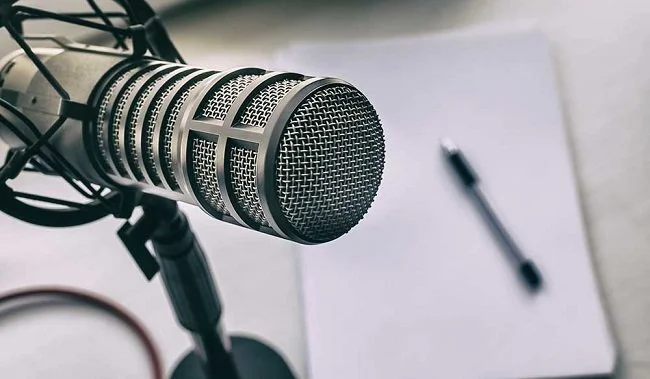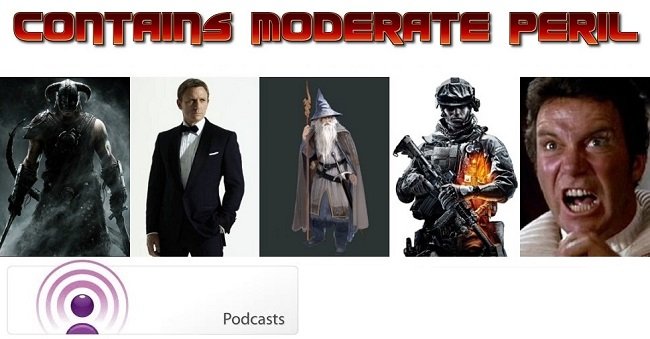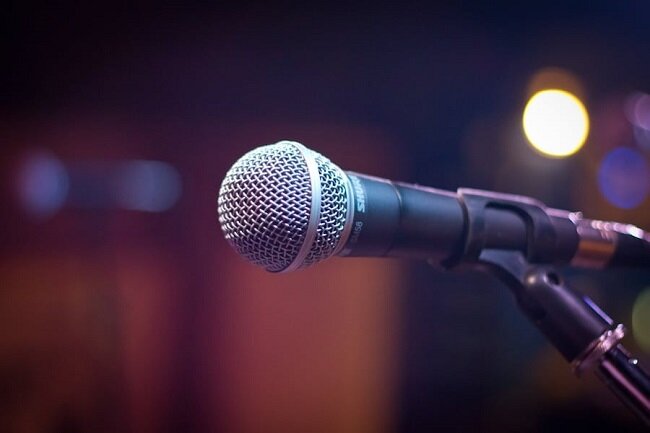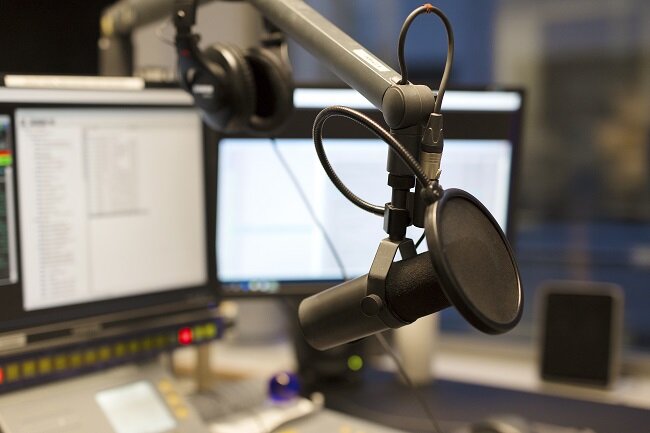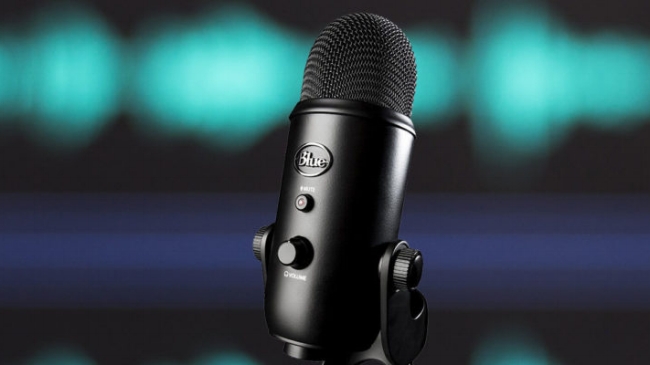Damn Microphones
Back in 2010 there was a video game podcast boom, especially with shows driven by MMORPG fandom. Hence, in a fit of hubris, I decided to add my voice to the growing conversation. Or alternatively jumped on the bandwagon, depending upon your point of view. The accessibility of the tools to create and distribute a podcast eliminated the traditional barriers to producing such material. Technically, the entire process of making a podcast remains quite simple. You record, edit, upload and promote. The quality of the podcast comes down to two factors. Your content and technical presentation. In this post I’d like to focus upon the latter. Podcasts are by their very nature, an audio medium, so it is important that those speaking are recorded clearly. Yes, this post is about microphones. How they can make or break a podcast (or live stream) and that they’re my new fixation.
So let’s begin with some technobabble. Recording audio is a chain of events. You speak into a microphone that picks up the sound. The sound is pre-amplified and is then captured and converted to a digital format. The digital data is then saved, cleaned, edited and mixed into a final recording. This recording is then digitally distributed and consumed by listeners using their respective audio equipment. Like any chain, if there is a weak link then there’s a potential point of failure. Conversely, each step offers an opportunity for improvement. Good audio enhances the overall listening experience for your audience. Ultimately, if those listening are doing so with inferior audio equipment, that is a matter beyond your control. But you can ensure that your audio is the best it can be, prior to its distribution.
Mics on their own cannot produce a signal that is strong enough to just be recorded without going through a "pre-amplifier". This boosts the signal level to get the best quality audio saturation from the mic. However, this boosting affects the sound quality. As you can see, we’re only four paragraphs into this post and there are now both hardware and technical literacy requirements. However, for podcasting the practical solution is to use a USB microphone. These handle the pre-amp requirement and also convert the source audio to a digital format. But like any technology that does multiple tasks, there is a trade off. Like so many things in life you get what you pay for. A decent quality, brand name USB mic will cost between £100 and £200 or thereabouts. But you can also find some interesting “clone” products available which have similar specifications but are not manufactured by known brands.
It should be noted that simply buying the most expensive mic available is not by default going to solve your audio woes. No sir. The acoustics of the room in which you’re recording, the placement of the mic and how far you sit in front of it all have an impact. I was quite surprised how I improved the audio quality of a test recording simply by moving my chair a few inches closer to the desk on which the mic was placed. Pop filters of some kind are also essential. The simple reality is that if you’re using a USB mic on a desk stand or a boom you have to stay close to the mic and remain relatively still. This is a nuisance, if like me, you geticulate and are animated while extemporising. In the past I got away with this because I used a gaming headset to record my podcasts but this was at the expense of audio quality. The mic used to pick up the sound of the plastic creaking as my jaw moved the earphones.
Obviously there’s a lot more technical depth to microphones than I’ve covered. I’m just trying to summarise what I’ve learned of late and I’ve only scratched the surface. Furthermore, when I undertake a project I like it to be done in a professional fashion. Hence I am a hard taskmaster and will spend hours fine tuning software or hardware if I feel it will yield beneficial results. Yet no matter how much you tinker with either software or hardware, there are some things that you cannot change easily, such as how your voice sounds and your diction. I’m constantly horrified by the gulf between how I think I sound and the cold, stark reality of how I actually do. Like mirrors, microphones and not always flattering, damn them. But on the plus side, it is nice to have a requirement to use one again.



